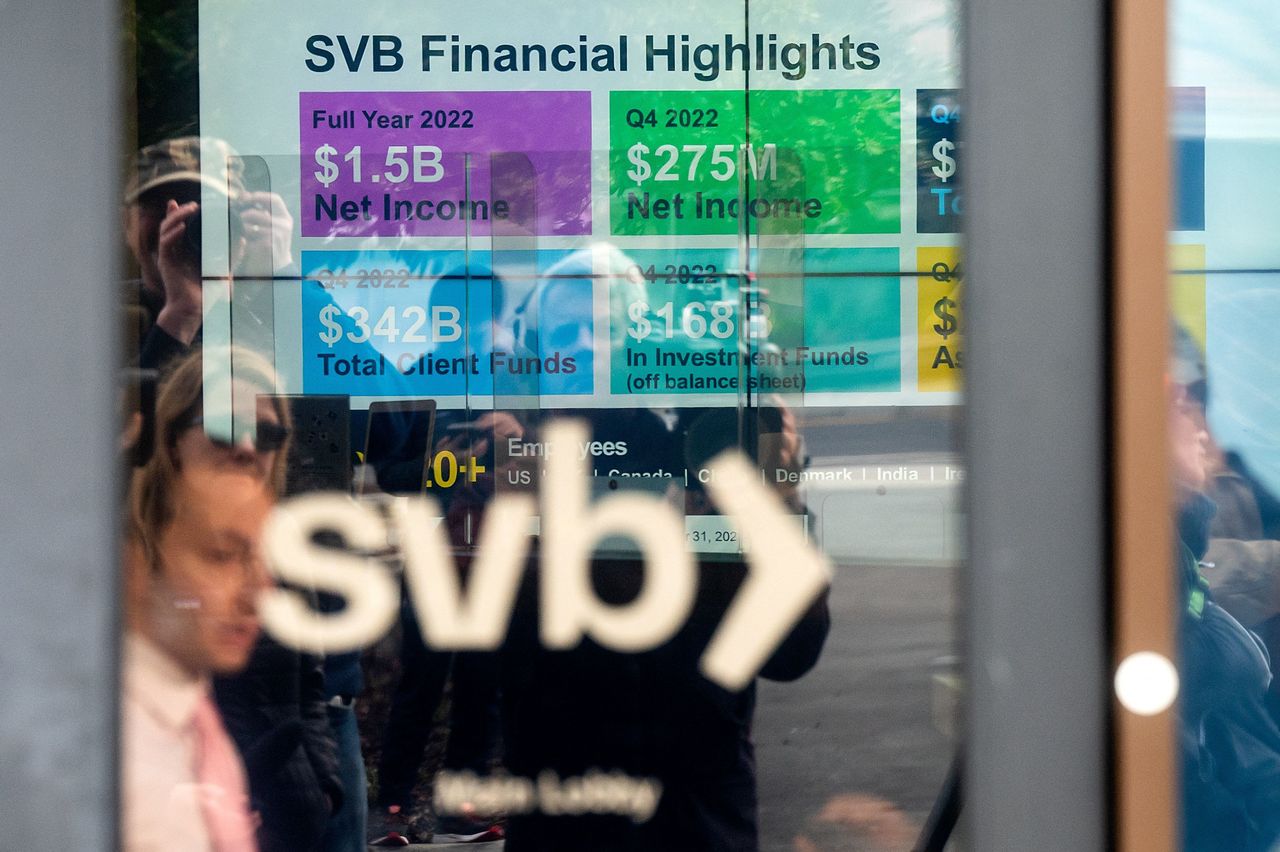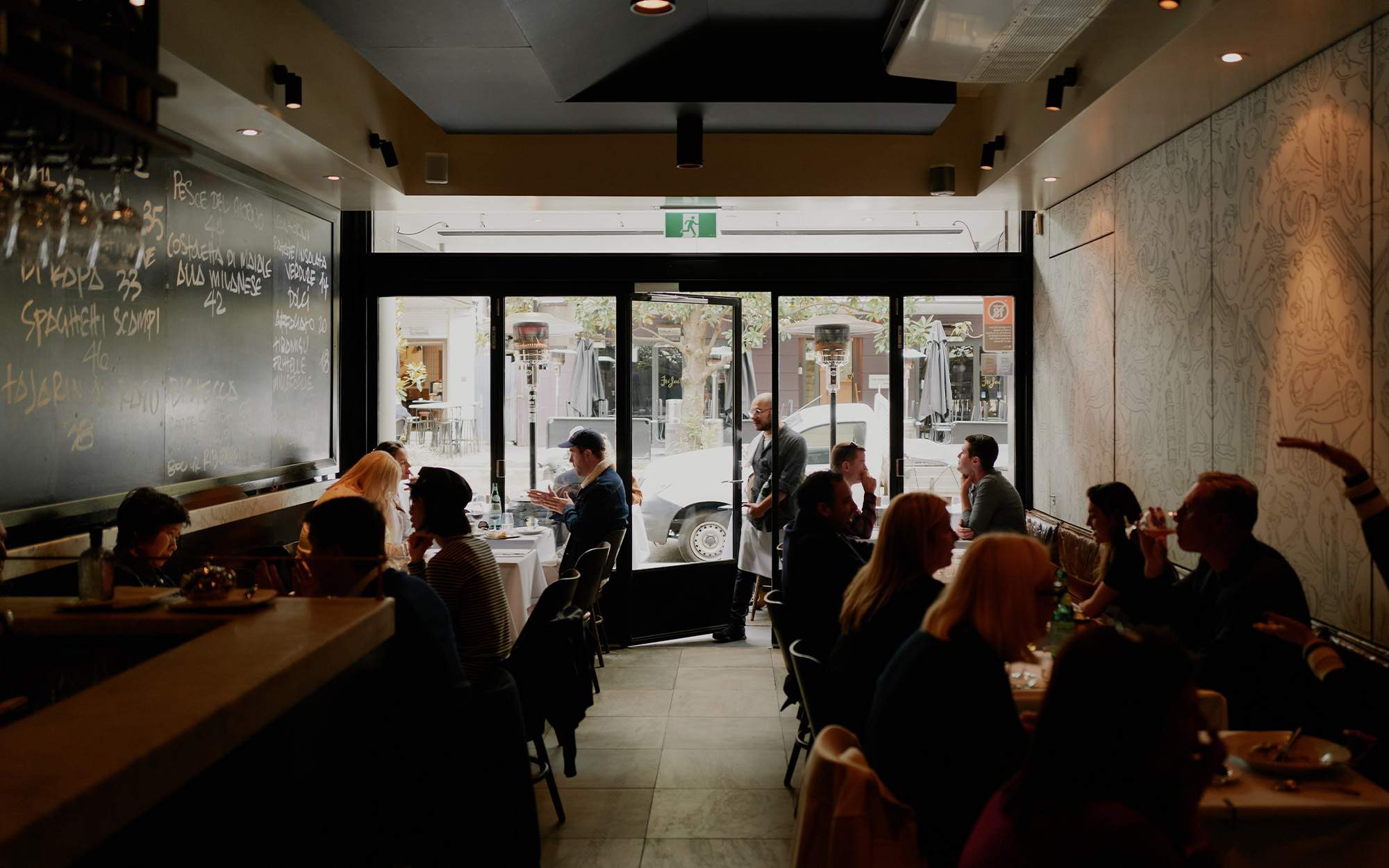Future Returns: The Banking Crisis Didn’t Scare Off Alternative Investors
Investing for high-net-worth clients can be a bit of a high-wire act because they can have significant amounts of money tied up in complex alternative investments. When the panic started with the collapse of Silicon Valley Bank in March, wealth manager Tom Ruggie was relieved that none of his clients were directly invested.
“We got lucky there,” says Ruggie, a certified financial planner and author who is based in central Florida. “But when it came to Credit Suisse, we had a little bit of a scare.”
Ruggie’s firms—a family office business called Destiny Wealth Partners and a financial planning firm called Ruggie Wealth Management—did some work with the troubled financial institution on debt obligations. It turned out that all of the contracts were completed, but if Credit Suisse had failed, Ruggie and his clients would have lost a lot of money because the notes would not have been paid back.
Investors who have money in private equity, hedge funds, and direct investments in start-ups are used to taking on a lot of risk and have the financial capacity to absorb it. Ruggie points to an EY study that a third of those with assets above US$250,000 hold some alternatives in their portfolios, including 81% of ultra-high net worth clients with more than US$30 million. Scares don’t happen often, but when they do, “it’s an eye-opening event,” Ruggie says.
Still, rather than run to safety when things turn sour, Ruggie’s clients are more likely to go back and do it again. “They are usually willing to take risks when everyone else is running for cover,” he says. “When you have something come up, like the current banking crisis or the situation in 2008, a lot of people psychologically don’t do well with uncertainty. But the savvy investors, they look at it as an opportunity.”
Here’s where Ruggie says high-net-worth investors want to put their money today.
How Much Risk?
Not all high-net-worth investing is deep in alternatives. Ruggie says he divides client money into three pools: short-term money in fixed income, mid-range money in traditional equity investments like mutual funds and exchange-traded funds, and then long-term money in private investments.
To decide the ratio, he says “it’s a statistical correlation of how much money you have to how much you need and for how long. There’s no cookie-cutter answer.”
Some clients don’t put more than 10% of their net worth into non-traditional alternatives. Ruggie’s personal portfolio is pushing 40% alternatives, he says. Much of that is tied up in sports memorabilia—mostly an extensive baseball card collection—and some collectible wines, along with direct investments in companies.
Non-fungible tokens (NFTs) are a bridge too far—“I personally can’t see the advantage of investing in something like that, and never recommend for a client to do so,” Ruggie says.
As for cryptocurrency, Ruggie has dabbled, but just for the experience. “I wanted to learn,” he says. “I did quite well, but when clients came to us for advice, our guidance was that it’s off our path. Our client base is more concerned about long-term performance than the gambling aspect of investing.”
How Much Capital is Required?
Ruggie says direct investments in companies can start as low as US$25,000. These are the opportunities that are the most interesting to his clients right now, especially technology-based start-ups.
Some clients also take a step back and put their money into private-equity that then pools investments and finds companies worth investing in. Those typically require putting in at least US$250,000 and the purchaser has to be qualified, with a net worth of US$5 million net. Ruggie’s clients also invest in hedge funds, real estate, and collectibles.
Of these investments, hedge funds are the most liquid. There’s usually a lock-in period of a year, but then money can typically be withdrawn with 30-days notice.
Private equity has much less flexibility. “I tell people to basically anticipate no liquidity at all,” Ruggie says. “My mindset on private equity is that this is long-term money.”
The same goes for most direct investments in companies, which aside from the potential to sell stakes on the secondary market, there’s no ability to get cash out unless the company goes public and the shares appreciate.
The Potential Gain?
The main reason for investing in alternatives is that the potential upside of these investments is unlimited.That’s what makes it worth the risk. The other reason is that many high-net-worth clients have money to put on the line.
“What is excess? It’s a correlation between what you have and what you need,” says Ruggie. “Everyone’s definition of rich is different.”
In a year like 2022, advisers like Ruggie have had to go to clients with bad news about losses for the year and say, they may have outperformed the market but still lost 10% or whatever the number. But for Ruggie, that’s a temporary situation with paper losses.
The rest of the speech goes something like this: “It’s my belief—backed up by my personal investments—that what we’re doing with alternatives is going to outperform the market with statistically less risk than the market over time. It will catch up.”
 Copyright 2020, Dow Jones & Company, Inc. All Rights Reserved Worldwide. LEARN MORE
Copyright 2020, Dow Jones & Company, Inc. All Rights Reserved Worldwide. LEARN MORE
This stylish family home combines a classic palette and finishes with a flexible floorplan
Just 55 minutes from Sydney, make this your creative getaway located in the majestic Hawkesbury region.
Continued stagflation and cost of living pressures are causing couples to think twice about starting a family, new data has revealed, with long term impacts expected
Australia is in the midst of a ‘baby recession’ with preliminary estimates showing the number of births in 2023 fell by more than four percent to the lowest level since 2006, according to KPMG. The consultancy firm says this reflects the impact of cost-of-living pressures on the feasibility of younger Australians starting a family.
KPMG estimates that 289,100 babies were born in 2023. This compares to 300,684 babies in 2022 and 309,996 in 2021, according to the Australian Bureau of Statistics (ABS). KPMG urban economist Terry Rawnsley said weak economic growth often leads to a reduced number of births. In 2023, ABS data shows gross domestic product (GDP) fell to 1.5 percent. Despite the population growing by 2.5 percent in 2023, GDP on a per capita basis went into negative territory, down one percent over the 12 months.
“Birth rates provide insight into long-term population growth as well as the current confidence of Australian families,” said Mr Rawnsley. “We haven’t seen such a sharp drop in births in Australia since the period of economic stagflation in the 1970s, which coincided with the initial widespread adoption of the contraceptive pill.”
Mr Rawnsley said many Australian couples delayed starting a family while the pandemic played out in 2020. The number of births fell from 305,832 in 2019 to 294,369 in 2020. Then in 2021, strong employment and vast amounts of stimulus money, along with high household savings due to lockdowns, gave couples better financial means to have a baby. This led to a rebound in births.
However, the re-opening of the global economy in 2022 led to soaring inflation. By the start of 2023, the Australian consumer price index (CPI) had risen to its highest level since 1990 at 7.8 percent per annum. By that stage, the Reserve Bank had already commenced an aggressive rate-hiking strategy to fight inflation and had raised the cash rate every month between May and December 2022.
Five more rate hikes during 2023 put further pressure on couples with mortgages and put the brakes on family formation. “This combination of the pandemic and rapid economic changes explains the spike and subsequent sharp decline in birth rates we have observed over the past four years,” Mr Rawnsley said.
The impact of high costs of living on couples’ decision to have a baby is highlighted in births data for the capital cities. KPMG estimates there were 60,860 births in Sydney in 2023, down 8.6 percent from 2019. There were 56,270 births in Melbourne, down 7.3 percent. In Perth, there were 25,020 births, down 6 percent, while in Brisbane there were 30,250 births, down 4.3 percent. Canberra was the only capital city where there was no fall in the number of births in 2023 compared to 2019.
“CPI growth in Canberra has been slightly subdued compared to that in other major cities, and the economic outlook has remained strong,” Mr Rawnsley said. “This means families have not been hurting as much as those in other capital cities, and in turn, we’ve seen a stabilisation of births in the ACT.”
This stylish family home combines a classic palette and finishes with a flexible floorplan
Just 55 minutes from Sydney, make this your creative getaway located in the majestic Hawkesbury region.






















